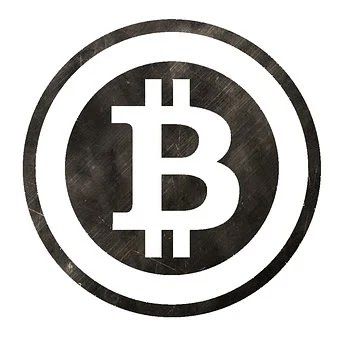How is a block created in blockchain which can never be deleted?
What is a Blockchain
A distributed and decentralized digital ledger, blockchain technology is used to record transactions across multiple computers. One of the most important aspects of blockchain is that a block cannot be deleted or altered after it is added to the chain. This is because of the way blocks are made and connected in the chain.
A new transaction is added to a block on the blockchain when it is grouped with other transactions. After that, this block is checked and added to the chain of blocks already in place. Mining is the process of adding a block to the chain.
Nodes
Nodes are specialized computers that carry out mining. The transaction is validated by the nodes, who then compete to solve a proof-of-work, a difficult mathematical problem. The block is broadcast to the network and added to the chain once a node has solved the issue. Creating a chain of blocks, each block has a reference to the previous block.
A blockchain is a distributed, digital ledger that keeps track of transactions across a computer network. A collection of transactions that are added to the ledger in chronological order are contained in each block of a blockchain. A block cannot be deleted or altered after it is added to the blockchain, making it a secure and tamper-proof method of recording transactions.
A block must first be validated by the computer network, or nodes, before it can be added to the blockchain. The transactions in the block are independently verified by each network node to ensure their validity and compliance with the blockchain protocol's rules. A block is added to the blockchain when it has been validated by the majority of nodes.
A blockchain's use of cryptography to protect the integrity of the ledger is one of its most important features. Using a cryptographic hash, each block on the blockchain is linked to the previous block. By passing the contents of the block that came before them through a mathematical function, a unique output known as the hash is created. Following the addition of this hash to the subsequent block, a chain of blocks secured by the cryptographic hashes is formed.
It is virtually impossible to alter or delete a block once it has been added to the blockchain due to the use of cryptography and the linking of blocks through hashes. An attacker would need to modify not only the block's contents but also all of the blocks that follow it in the chain and the majority of the network's nodes in order to change a block. Given the decentralized nature of the blockchain and the large number of nodes that would need to be compromised, this type of attack, known as a 51% attack, is thought to be highly unlikely.
Blockchains' decentralization, or the lack of a central authority in charge of the network, is another important feature. Instead, a distributed network of computers that each have a copy of the ledger manages the network. This decentralization further ensures the ledger's integrity by making it difficult for any one party to take control of the network and alter the blockchain.
In conclusion, a block in a blockchain is created by the network of nodes verifying it. It is protected by using cryptography and linked by hashes. Once a block is added to the blockchain, it can't be changed or deleted, so transactions can be recorded securely and without being tampered with. The ledger's security is further enhanced by the blockchain's decentralized nature and the large number of nodes that must be compromised for an attack to succeed.


.png)
.png)
.jpg)

.jpg)
.png)
